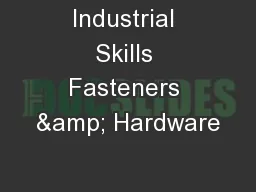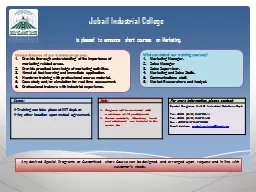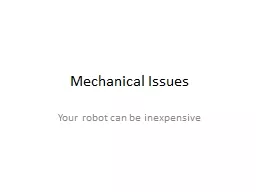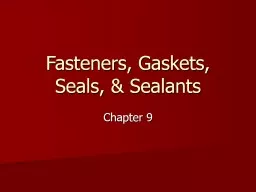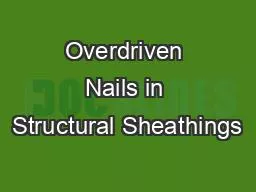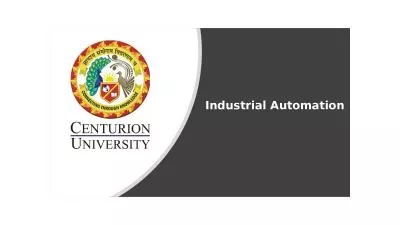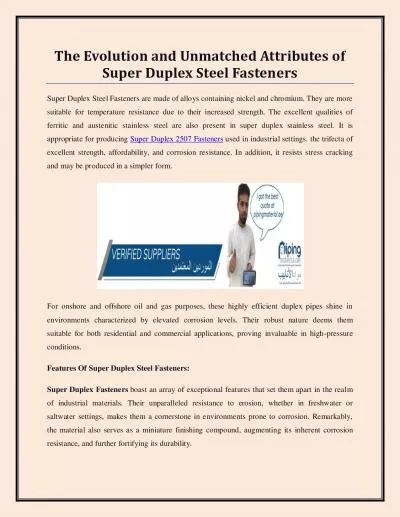PPT-Industrial Skills Fasteners & Hardware
Author : yoshiko-marsland | Published Date : 2018-11-01
Fasteners are used in manufactured products for several basic purposes They simplify manufacture They simplify repairs They provide safety When selecting a fastener
Presentation Embed Code
Download Presentation
Download Presentation The PPT/PDF document "Industrial Skills Fasteners & Hardwa..." is the property of its rightful owner. Permission is granted to download and print the materials on this website for personal, non-commercial use only, and to display it on your personal computer provided you do not modify the materials and that you retain all copyright notices contained in the materials. By downloading content from our website, you accept the terms of this agreement.
Industrial Skills Fasteners & Hardware: Transcript
Download Rules Of Document
"Industrial Skills Fasteners & Hardware"The content belongs to its owner. You may download and print it for personal use, without modification, and keep all copyright notices. By downloading, you agree to these terms.
Related Documents

